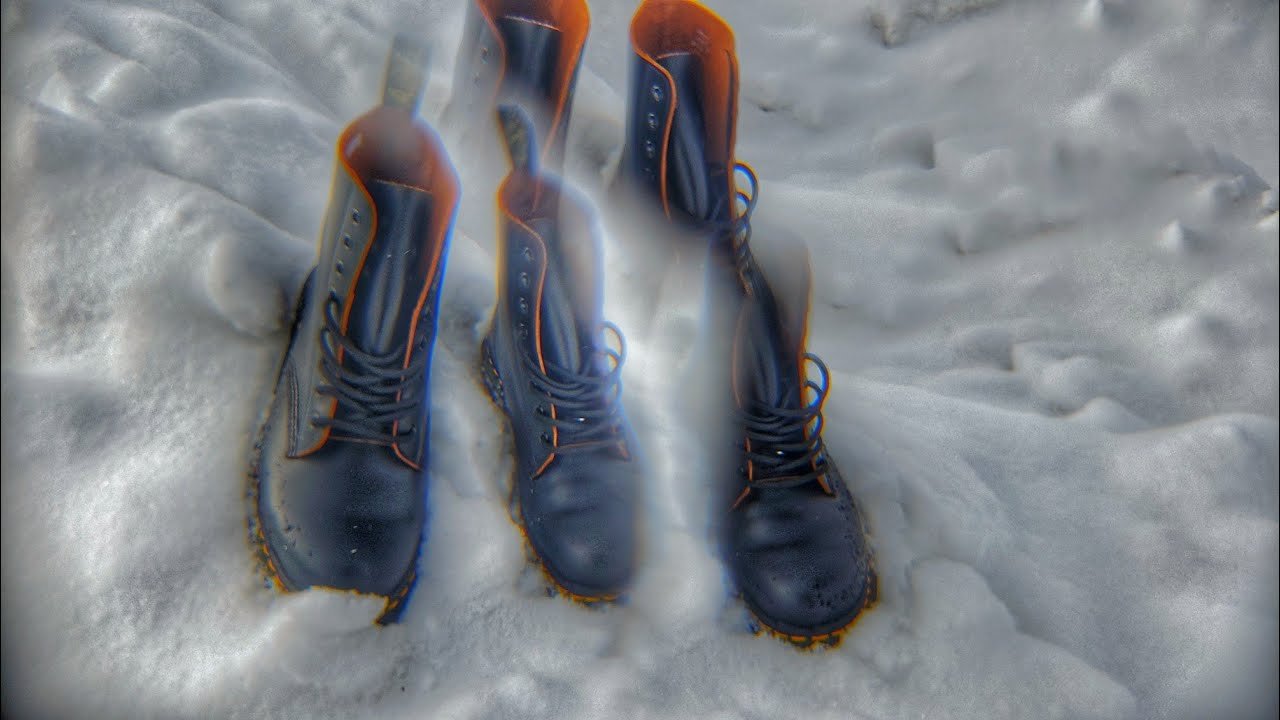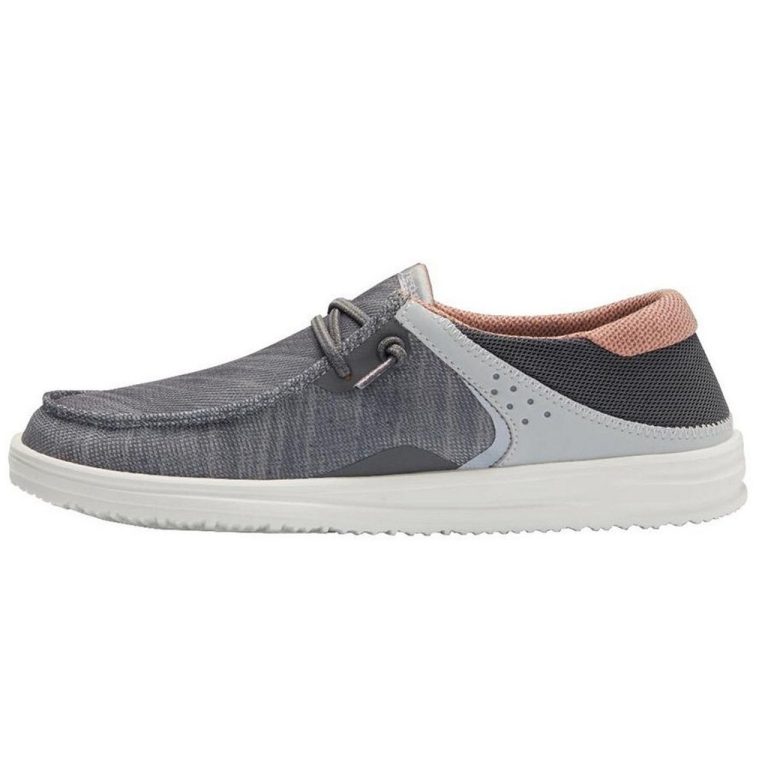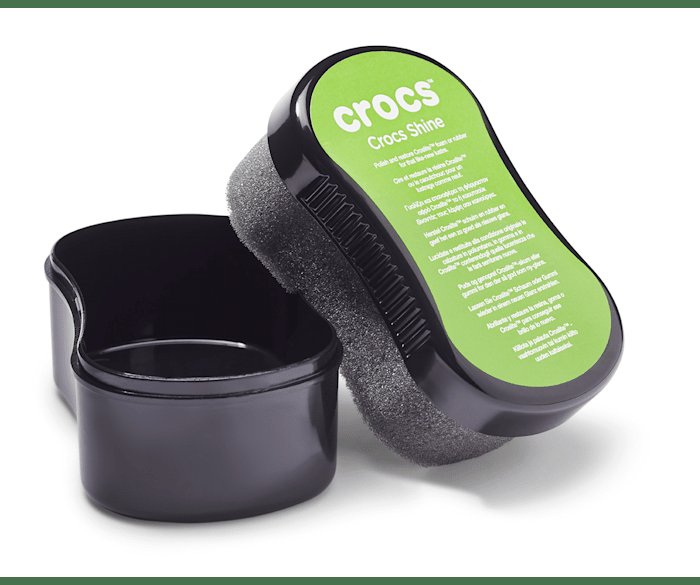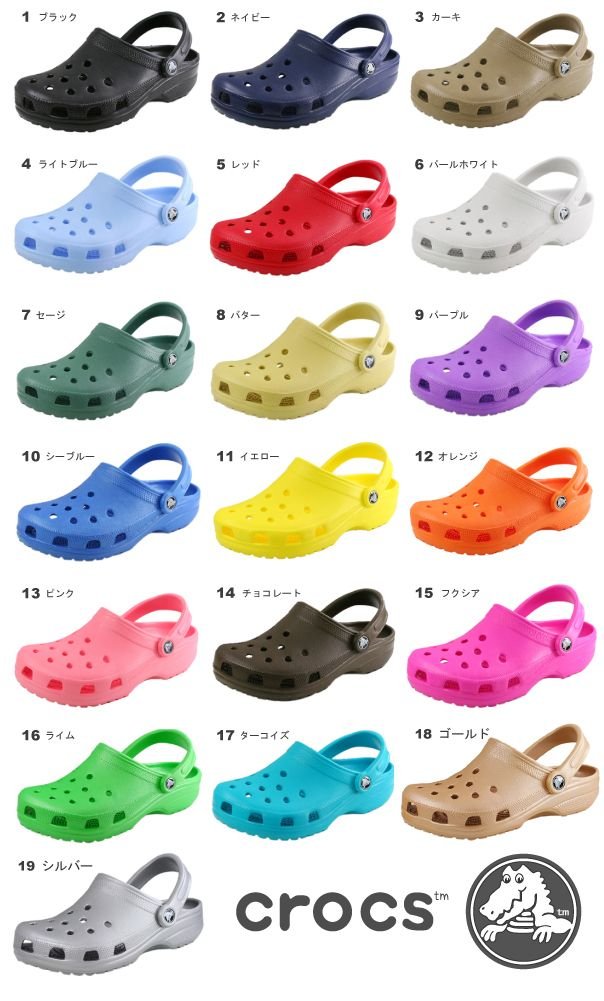Are Doc Martens good for snow? The short answer is yes. These iconic boots, known for their durability and style, have proven to be a reliable choice for winter weather. With their sturdy leather construction, thick soles, and excellent traction, Doc Martens provide the necessary protection and grip needed to navigate through snowy conditions. But there’s more to it than just that. Let’s delve deeper into why Doc Martens are an ideal choice for snowy adventures.
Are Doc Martens Good for Snow?
When it comes to braving the winter weather, having the right pair of boots is essential. Doc Martens, with their reputation for durability and style, have become a popular choice for many. But are Doc Martens good for snow? In this article, we will explore the features of Doc Martens boots and assess their suitability for snowy conditions.
1. Construction
Doc Martens are known for their robust construction, which makes them suitable for various weather conditions. Here’s how they are built to withstand the elements:
1.1 Leather Upper
Doc Martens are typically made from high-quality leather, which offers excellent water resistance. The leather upper helps keep your feet dry and protected from moisture, including snow.
1.2 Stitching
One distinguishing feature of Doc Martens is their signature yellow stitching. This stitching not only adds to the boots’ aesthetics but also ensures durability and strength. The boots are constructed using a heat-sealing process that makes them more resistant to water penetration.
1.3 Goodyear Welt
Another factor that contributes to the durability of Doc Martens is the Goodyear welt construction. This technique involves stitching the upper, sole, and welt together, creating a secure bond. The Goodyear welt enhances the boots’ strength and water resistance, making them more suitable for snowy conditions.
2. Insulation
Winter boots need sufficient insulation to keep your feet warm in cold temperatures. While Doc Martens are not specifically designed as insulated boots, they do offer some level of warmth:
2.1 Thinsulate Lining
Some Doc Martens models feature Thinsulate lining, which provides added insulation. Thinsulate is a lightweight synthetic material that helps trap body heat while allowing moisture to escape. This feature can provide extra warmth during snowy weather.
2.2 Sock Choice
To enhance insulation in your Doc Martens during snowy conditions, you can opt for thicker socks or wear thermal liners. These additions can increase the boots’ ability to retain warmth and keep your feet cozy.
3. Traction
Walking on snow and ice requires reliable traction to prevent slips and falls. Doc Martens offer decent traction with their unique outsole design:
3.1 Air Cushioned Sole
Most Doc Martens come with air-cushioned PVC outsoles. These soles provide good grip and traction, making them suitable for navigating snowy surfaces. The grooved pattern on the outsole helps channel water and improve traction on slippery terrain.
3.2 Adding Traction Devices
For enhanced grip, you can also consider adding traction devices, such as crampons or slip-on traction cleats, to your Doc Martens. These accessories can further improve stability and prevent accidents on icy or compacted snow surfaces.
4. Water Resistance
One of the essential characteristics in snow boots is water resistance. While Doc Martens are not fully waterproof, they do offer a certain level of water resistance:
4.1 Oiled or Waxed Leather
Some Doc Martens are made from oiled or waxed leather, which can enhance their water resistance. This treatment helps repel water and keep your feet drier in snowy conditions.
4.2 Regular Maintenance
To maintain water resistance in your Doc Martens, it is important to regularly apply a suitable leather conditioner or waterproofing product. This upkeep will help protect the leather and maintain its ability to repel water.
5. Style and Versatility
In addition to their functional features, Doc Martens are renowned for their iconic style. They have become a fashion statement and can be worn in various settings, even during the winter months. The versatility of these boots allows you to stay stylish while keeping your feet comfortable in the snow.
6. Important Considerations
While Doc Martens offer several benefits for snowy conditions, there are a few important considerations to keep in mind:
6.1 Extreme Cold
In extremely cold temperatures, additional insulation may be necessary. Doc Martens alone might not provide enough warmth, especially if you plan to spend prolonged periods outdoors in freezing temperatures. In such cases, it is advisable to layer your footwear with thermal socks or invest in dedicated insulated boots.
6.2 Deep Snow
Although Doc Martens can handle light snow, they may not be suitable for deep snow or wet slush. The boots’ height and water resistance have limitations in these conditions, and you may need specialized snow boots for greater protection and insulation.
6.3 Personal Comfort
Individual preferences and foot sensitivity vary, so it is crucial to consider personal comfort when choosing winter footwear. Some people may find Doc Martens comfortable enough for snowy conditions, while others might prefer more padded or specifically designed snow boots.
In conclusion, Doc Martens can be a good option for mild to moderate snowy conditions. Their durable construction, decent traction, and water-resistant features make them suitable for winter wear. However, in extreme cold or deep snow, specialized snow boots might be a better choice. Regardless, Doc Martens offer a stylish and versatile option for those looking to make a fashion statement in the snow.
Remember to care for your Doc Martens properly, ensuring regular maintenance and choosing appropriate socks for extra warmth. With the right care and considerations, your Doc Martens can serve you well during snowy weather. Stay stylish and stay warm!
Are Doc Martens Good For Snow? My Experience
Frequently Asked Questions
Are Doc Martens good for snow?
Yes, Doc Martens are generally good for snow, thanks to their durable construction and slip-resistant soles. The thick leather upper provides protection against moisture while keeping your feet warm. However, it’s important to note that Doc Martens are not specifically designed as snow boots and may not be as effective in extremely wet or icy conditions. Adding an extra layer of waterproofing spray can enhance their performance in snowy weather.
Can Doc Martens be worn in deep snow?
While Doc Martens can handle some snow, they may not be the best choice for deep snow. The boots have a limited height, and snow may enter from the top, making your feet wet and uncomfortable. Additionally, the soles of Doc Martens are not specifically designed for deep snow traction, which can increase the risk of slipping. If you anticipate being in deep snow frequently, it is advisable to invest in proper snow boots with higher shafts and specialized traction.
Do Doc Martens have insulation for cold weather?
Doc Martens do not have built-in insulation, but their thick leather upper provides some level of warmth. The material helps to retain heat and keeps your feet relatively cozy in chilly weather conditions. However, it’s important to note that without additional insulating layers or warm socks, Doc Martens may not provide sufficient insulation in extremely cold temperatures or prolonged exposure to the cold.
Can Doc Martens be treated to be more suitable for snowy conditions?
Yes, Doc Martens can be treated with waterproofing products to make them more suitable for snowy conditions. Applying a waterproofing spray or cream specifically designed for leather can create a protective barrier against moisture, preventing water from seeping into the boots. It is recommended to follow the instructions provided by the waterproofing product manufacturer to ensure effective and long-lasting protection.
Are Doc Martens slip-resistant on icy surfaces?
While Doc Martens have a solid and durable sole, they may not be explicitly designed for icy surfaces. The outsole does offer some traction, but it may not provide the same level of grip as specialized winter boots with features like rubber compounds or spikes. If you anticipate encountering icy conditions frequently, it’s advisable to invest in footwear specifically designed for icy surfaces for better safety and traction.
Final Thoughts
Doc Martens are a popular choice of footwear in various seasons, but when it comes to snow, they may not be the best option. While they offer durability and traction, their lack of insulation and waterproofing features can make them less suitable for snowy conditions. Walking in the snow with Doc Martens can lead to cold and wet feet, which can be uncomfortable and even pose health risks. Therefore, it is advisable to opt for specialized snow boots that offer superior warmth, waterproofing, and traction for a more suitable winter experience.






